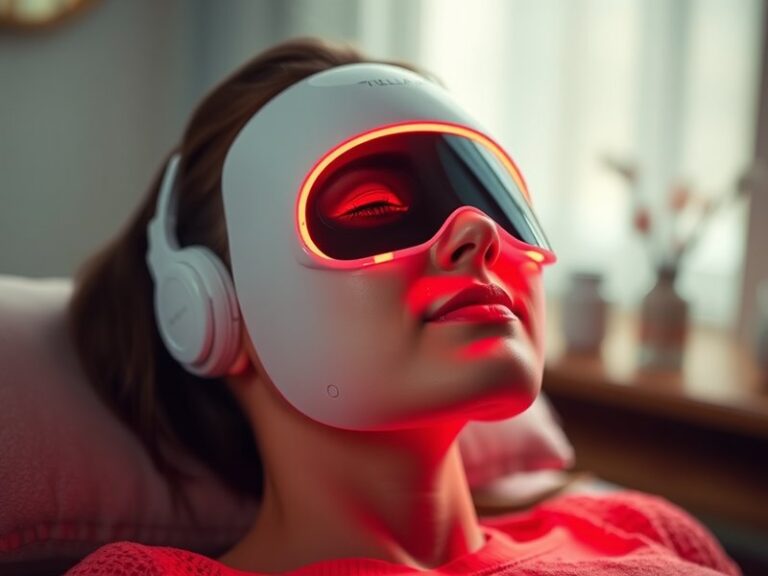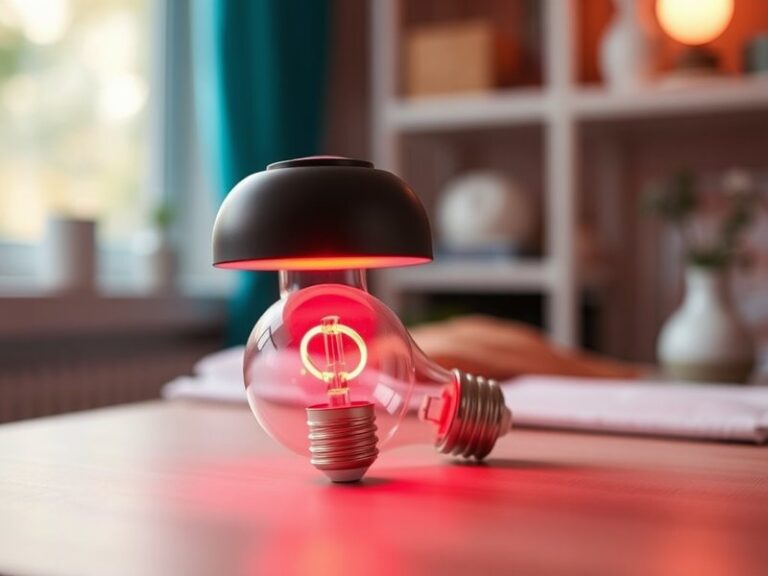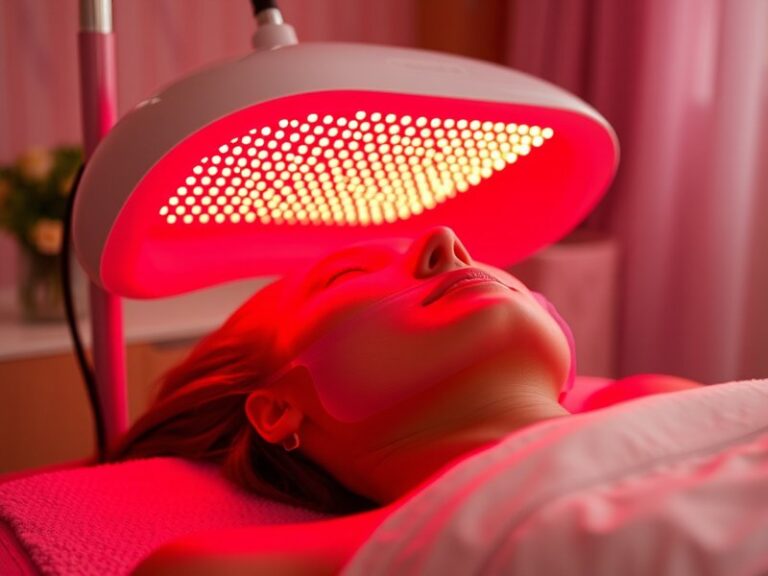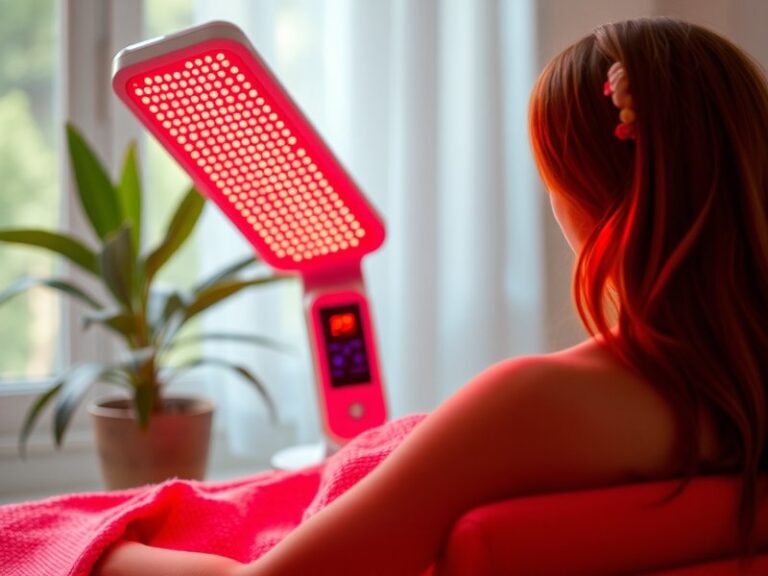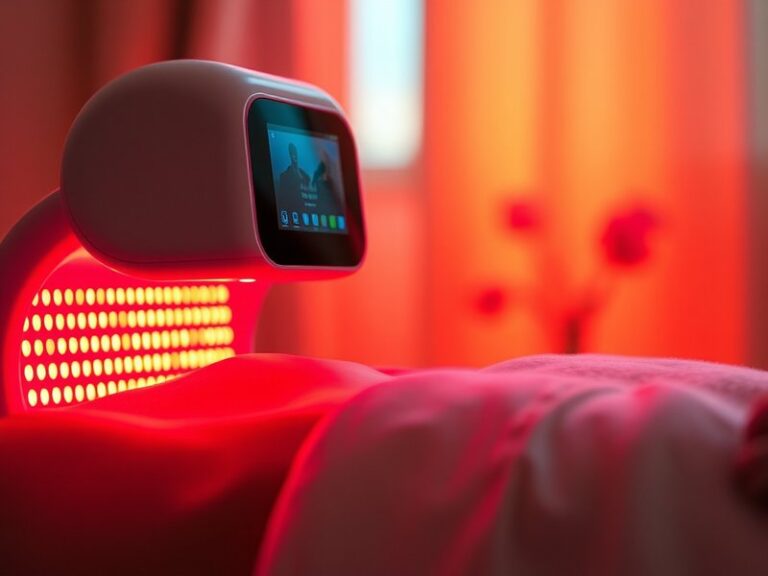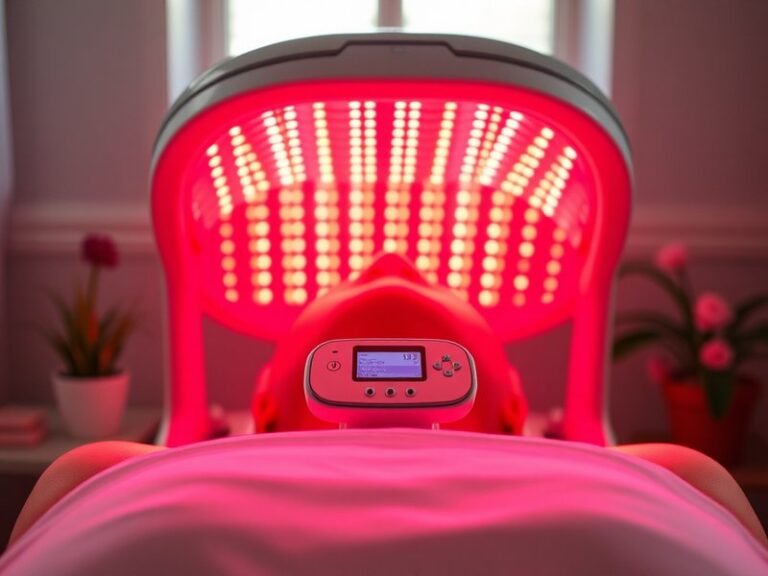How Many Sessions Do You Need For Red Light Therapy?
How Many Sessions Do You Need For Red Light Therapy?
Are you curious about the optimal number of sessions needed for effective results with red light therapy?
This article will explore the frequency and duration of red light therapy sessions, helping you determine a personalized approach to your treatment. We will discuss the science behind red light therapy, its benefits, considerations before starting, alternatives, and answer some frequently asked questions.
Key Takeaways
- Red light therapy often requires multiple sessions to observe noticeable results.
- Individual factors such as skin type, treatment goals, and conditions being addressed can affect the number of sessions needed.
- Consistency and adherence to a schedule enhance the effectiveness of red light therapy.
What is Red Light Therapy?
Red light therapy (RLT) is a non-invasive treatment that uses low-wavelength red light to stimulate cellular function in the body. This therapy harnesses wavelengths typically between 600 and 650 nanometers for red light and 850 and 900 nanometers for near-infrared light.
The primary aim of RLT is to enhance cellular energy (ATP production), promote healing, reduce inflammation, and improve skin health. As a result, it has gained popularity for therapeutic applications, including pain relief, wound healing, skin rejuvenation, and reducing muscle soreness.
RLT is administered through various devices, including handheld units, LED panels, and full-body systems, making it accessible for both professional and at-home use.
What are the Benefits of Red Light Therapy?
Understanding the benefits of red light therapy can help you make an informed decision about the number of sessions you might need.
Promotes Wound Healing
Red light therapy has been shown to accelerate the healing of injuries and wounds by increasing blood flow, which delivers more oxygen and nutrients to healing tissues. Studies indicate that RLT can enhance the healing process in conditions like surgical wounds and ulcers.
Improves Skin Health
One of the most popular uses of red light therapy is for skin rejuvenation. It stimulates collagen production, which can reduce wrinkles, fine lines, and blemishes. Many users report smoother, more youthful skin after a series of sessions.
Reduces Inflammation and Pain
RLT is effective in reducing inflammation, which aids in pain relief for conditions like arthritis and muscle soreness. Its anti-inflammatory properties help soothe discomfort, allowing for a better quality of life.
Enhances Muscle Recovery
Athletes often use red light therapy to speed up muscle recovery after strenuous workouts. RLT helps to reduce muscle fatigue and soreness, allowing them to perform at their best more frequently.
Is it Possible to Achieve Results with Red Light Therapy?
Yes, achieving results with red light therapy is entirely possible, but it typically requires a consistent schedule of sessions. The exact number of sessions needed can vary widely based on personal factors.
What are the Advantages of a Structured Session Plan?
Having a structured plan for your sessions yields several advantages:
Following a Structured Approach: This ensures that you consistently receive the treatment, enhancing overall effectiveness.
Tailored Treatment: You can adjust the number and frequency of sessions based on your unique results and feedback.
Monitoring Progress: A regular schedule allows you to observe changes and gauge the therapy’s effectiveness over time.
What are the Disadvantages of Inconsistency?
Inconsistency can lead to lackluster results. Disadvantages include:
Delayed Results: Sporadic sessions may prolong the time it takes to see noticeable improvements.
Wasted Resources: Investing time and money in therapy without a dedicated approach can feel unproductive.
Frustration: Inconsistent results can lead to discouragement and reduced motivation.
What are the Things to Consider Before Starting Red Light Therapy?
Before embarking on a regimen of red light therapy, several factors should be taken into account.
Read our complete guide Need a special bulb for red light therapy?
Consultation with Healthcare Professionals
Before starting RLT, consult with a healthcare provider, especially if you have pre-existing health conditions or are taking medications that might affect your treatment outcome.
Understanding Skin Type and Sensitivity
Your skin type can influence how you respond to therapy. Individuals with sensitive skin may require fewer or shorter sessions to avoid irritation.
Defining Treatment Goals
Clearly lay out what you aim to achieve with red light therapy—whether it’s pain relief, skincare, or muscle recovery. This will help set a baseline for how many sessions you might need.
Consistency is Key
To maximize results, committing to a consistent schedule of sessions is crucial. Regularity facilitates the expected benefits, contributing to long-term outcomes.
What are the Alternatives to Red Light Therapy?
If red light therapy isn’t the right fit, several alternatives may offer similar benefits.
Find insights in Is Red Light Therapy Just a Bulb?
Laser Therapy
Laser therapy uses focused light to target specific tissues. This method is effective for pain relief and skin rejuvenation but typically involves more intense treatments.
Microdermabrasion
This skincare treatment exfoliates the skin’s outer layers, promoting smoother and more radiant skin. It can complement red light therapy for enhanced skincare results.
LED Light Therapy
Similar to red light therapy, LED light therapy employs different wavelengths for varied effects, such as blue light for acne and green light for pigmentation issues.
Ultrasound Therapy
Ultrasound therapy uses sound waves to promote healing and reduce pain. It’s effective for deeper tissue treatments but varies from the light-based approaches of red light therapy.
Conclusion: Is it Recommended to Proceed with Red Light Therapy?
While individual results may vary, red light therapy has shown promise in numerous applications, from enhancing skin health to alleviating pain. However, the number of sessions required for optimal results depends on personal goals, skin type, and consistency of treatment. Following a structured plan while consulting healthcare professionals can guide you toward successful outcomes.
Frequently Asked Questions
How often should I undergo red light therapy sessions?
Typically, starting with two to three sessions per week is recommended, reducing frequency as results stabilize.
How long should each session last?
Sessions usually last between 10 to 20 minutes, depending on the treatment area and device used.
Are there any side effects of red light therapy?
RLT is generally considered safe, but some may experience mild side effects like redness or irritation in the treated area.
What conditions can red light therapy help?
RLT can assist with a variety of conditions such as skin rejuvenation, pain relief, inflammation, and accelerated healing from injuries.
Can I do red light therapy at home?
Yes, there are many devices available for at-home use. Consult with a professional to ensure you select the right device for your needs.

